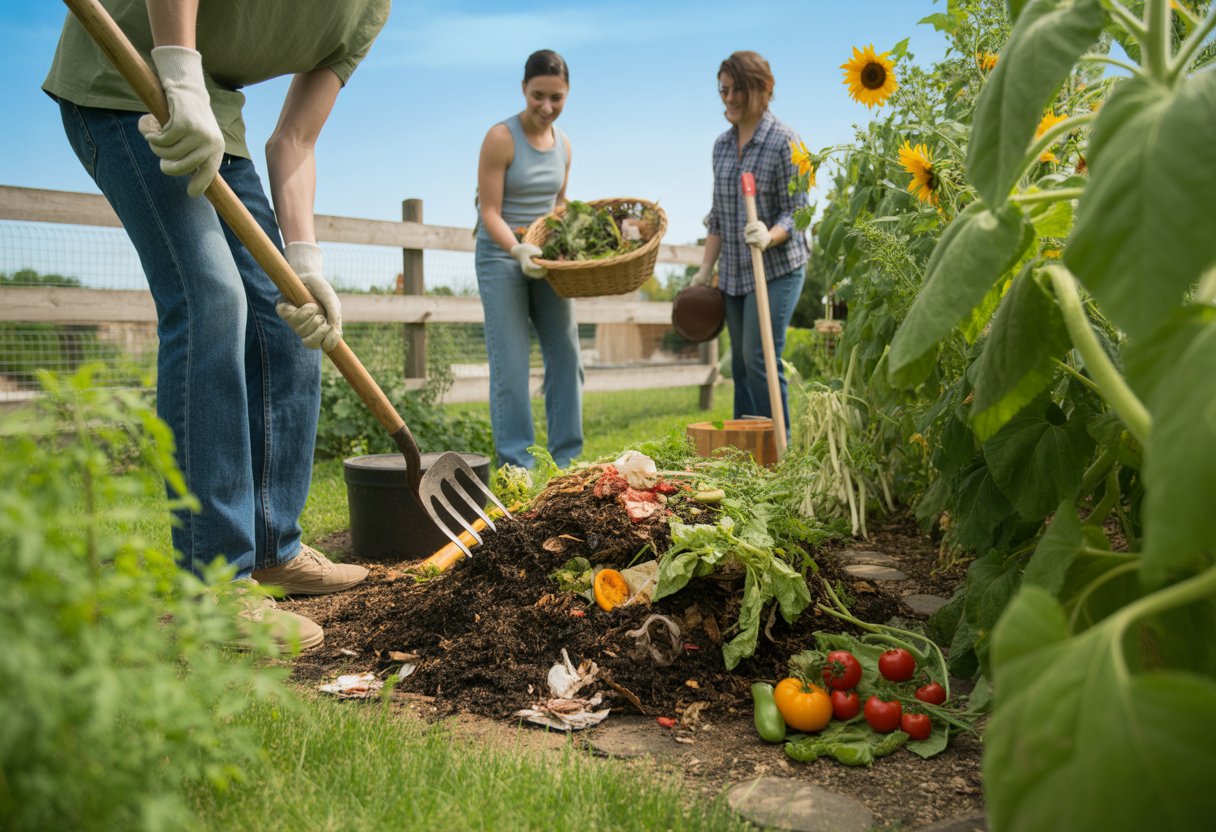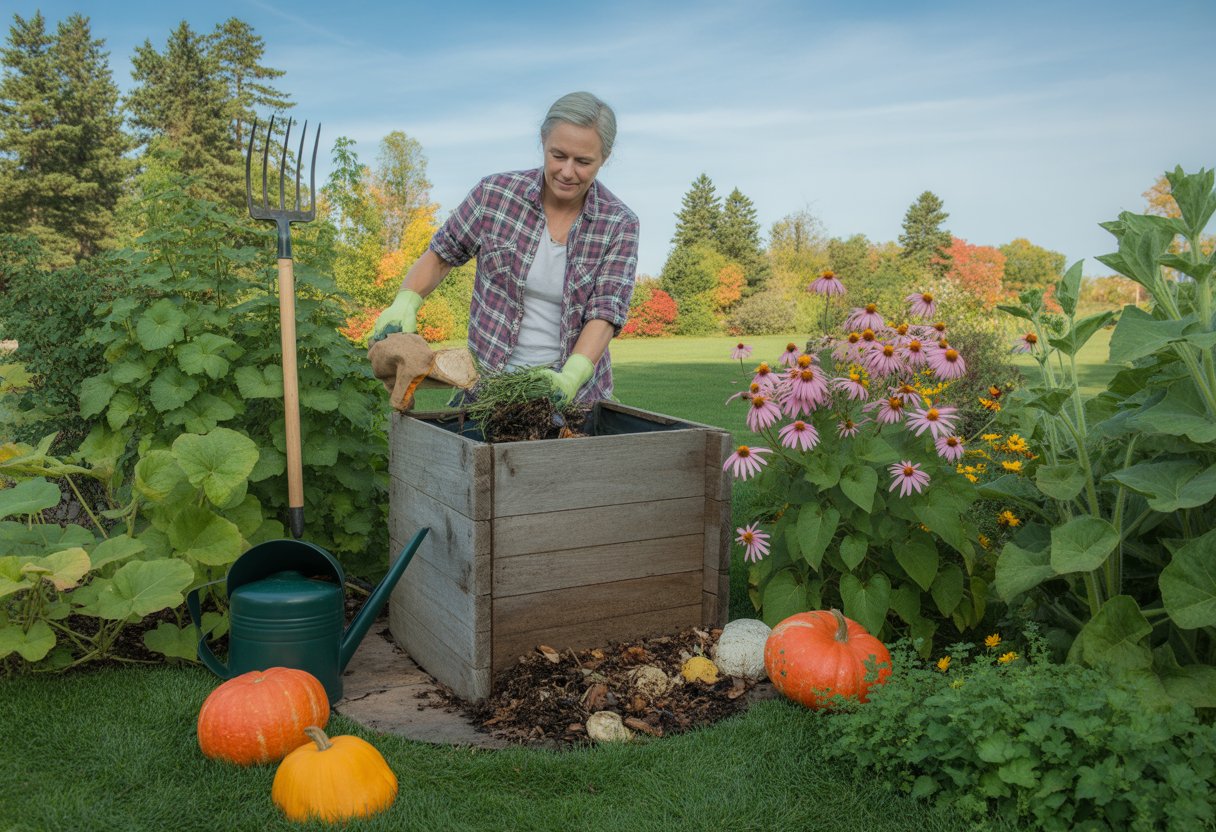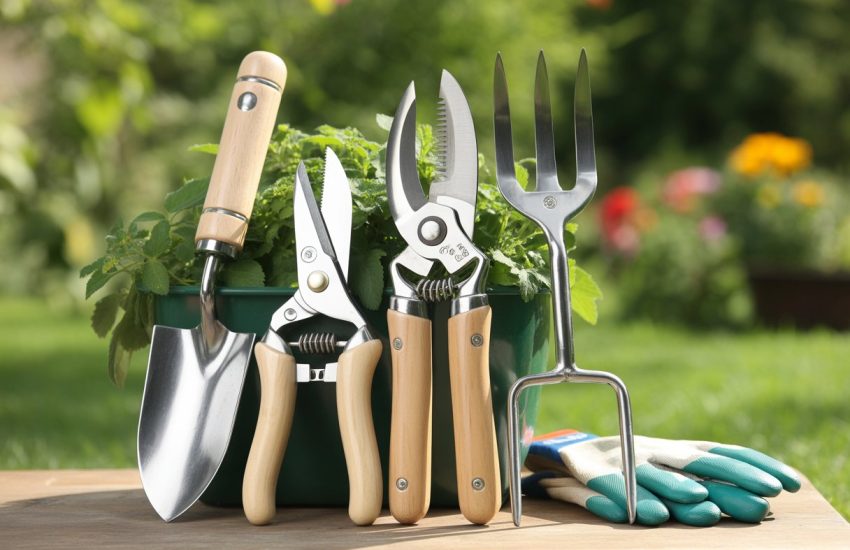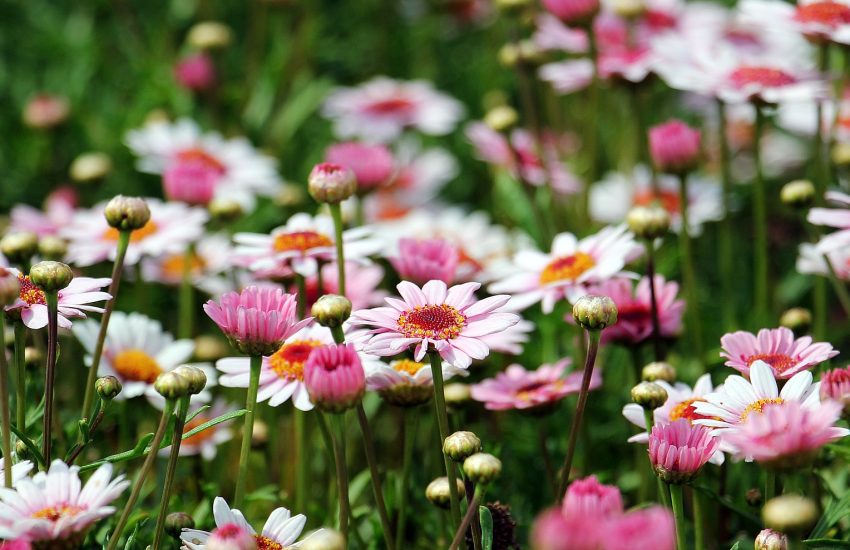Composting Tips for Wisconsin Gardeners: Essential Strategies for Thriving Gardens
Composting matters for Wisconsin gardeners who want to boost their soil naturally and cut down on waste. It transforms kitchen scraps, yard debris, and other organic stuff into compost that feeds plants and makes soil better.
The key to successful composting in Wisconsin’s climate is balancing green and brown materials while managing moisture and temperature effectively.

Wisconsin gardeners deal with some unique hurdles, like cold winters and wild seasonal swings. These factors slow composting and make it a little trickier.
Learning how to keep compost warm in winter and choosing the right method can keep things chugging along, even when it’s freezing. Layering and turning the pile help it break down faster and keep pests or bad smells in check.
Understanding Composting Basics for Wisconsin Gardeners

Composting in Wisconsin means you have to adapt to the seasons and changing moisture. It’s about balancing what you put in and keeping the conditions right for good compost.
Composting Methods Suitable for Wisconsin’s Climate
Cold winters in Wisconsin slow everything down. Cold composting works all year, but it’s slow because microbes take a break when it’s freezing.
Hot composting is better in spring through fall since it gets the pile up to 130°F–160°F, moving things along much faster.
Enclosed bins or tumblers trap heat, which helps in winter. Raised or insulated bins protect against frost.
Turning the pile during warmer months keeps oxygen moving, which speeds up decomposition and releases nutrients.
Essential Components of a Successful Compost Pile
You need both carbon-rich “browns” and nitrogen-rich “greens.” Browns are things like dry leaves, straw, and shredded paper. Greens are kitchen scraps, grass clippings, and fresh plants.
Start with about 3 parts browns to 1 part greens. This keeps microbes happy and odors away.
Mixing up your materials gives your compost more nutrients—think nitrogen, phosphorus, and potassium. Skip meat, dairy, and diseased plants; they’ll just invite pests or mess up the pile.
Managing Moisture and Temperature
Aim for moisture around 40-60%. The compost should feel like a wrung-out sponge—not dry, not soggy.
If there’s too much water, you’ll get a stinky, slow pile. Not enough, and nothing breaks down.
Keep the compost hot—between 130°F and 160°F—to break down materials and kill weed seeds. A compost thermometer helps track the heat.
In winter, cover the pile with straw or a tarp to keep warmth in. Turning the pile brings oxygen to cooler spots and wakes up the microbes.
Best Practices for Building and Maintaining Compost
Effective composting depends on picking the right spot, balancing what goes in, and keeping up with regular care. All of this helps create nutrient-rich compost that works for Wisconsin gardens.
Choosing the Right Location and Bins
Put your compost pile somewhere with good drainage and a bit of shade. Full sun dries it out too fast, especially in summer.
Bins made from wood, plastic, or wire mesh work fine, as long as air can flow through. A size of about 3 feet wide and tall holds heat and is easy to turn.
Try raising the bin on bricks or pallets for better airflow underneath. That also keeps critters out.
If you keep it near your garden, hauling finished compost is a breeze.
Balancing Greens and Browns
You need a mix of nitrogen-rich “greens” and carbon-rich “browns.” Greens are kitchen scraps, fresh grass, and manure. Browns include dried leaves, straw, and cardboard.
Shoot for about 2 parts browns to 1 part greens by volume. If you overdo the greens, the pile gets soggy and smelly.
Browns bring carbon—microbes love it for energy. Greens give nitrogen, which helps build up nutrients in the compost.
Turning, Aeration, and Maintenance
Turn the pile every week or two. This adds oxygen, which the good bacteria need to break everything down.
If you don’t aerate, the compost can go anaerobic and stink. Not fun.
Check moisture—aim for that wrung-out sponge feel. Too dry? Nothing happens. Too wet? Smells and slow progress.
Cover the pile with a tarp if it’s raining a lot or during dry spells.
Keep an eye on temperature. Active compost should heat up between 130°F and 160°F. If it cools off, turn it or add more greens.
Maximizing Nutrient Value and Addressing Common Issues
A solid nutrient balance in your compost helps plants thrive. Keeping moisture, temperature, and ingredients in check also keeps pests and bad smells away.
Wisconsin winters need some extra tricks to keep composting going.
Enhancing Nutrient Content of Finished Compost
The best nutrient mix comes from blending brown (carbon-rich) and green (nitrogen-rich) stuff. Try for about 25-30 parts carbon to 1 part nitrogen.
Dried leaves and straw count as browns. Grass clippings and kitchen scraps are your greens.
Mixing in a variety of materials adds more micronutrients like phosphorus and potassium. Shredding things helps them break down faster.
Skip diseased plants and weeds—they can mess up your finished compost.
Turning the pile often keeps oxygen levels up, which helps microbes recycle nutrients. Keep the moisture just right—damp, but not soggy or bone dry.
Troubleshooting Odors and Pests
If your compost stinks, you probably have too much moisture or too many greens. Toss in more dry browns and turn the pile to air it out.
Covering food scraps with browns helps keep smells and pests down. Don’t add meat, dairy, or oily foods—they attract critters.
A bin with a lid or a good cover keeps rodents and flies out. If you still have pest problems, try putting a layer of finished compost on top.
Turning regularly and keeping a good greens-to-browns balance helps avoid stinky, anaerobic conditions and unwanted visitors.
Winter Composting Adaptations for Wisconsin
Cold temperatures really slow down microbial activity and decomposition. If you heap compost into a bigger pile, it actually holds onto heat better and keeps the inside from freezing solid.
Try insulating your pile with straw bales, leaves, or even foam if you’ve got it. That extra layer helps keep things warm.
In winter, it’s usually better to turn the pile less often. That way, you hang onto more heat, though you still need to get some oxygen in there.
Add fresh materials bit by bit instead of dumping a bunch at once. That makes it less likely the pile will get too cold.
A closed or covered bin does wonders for holding in moisture and warmth, especially during those frigid Wisconsin months.


